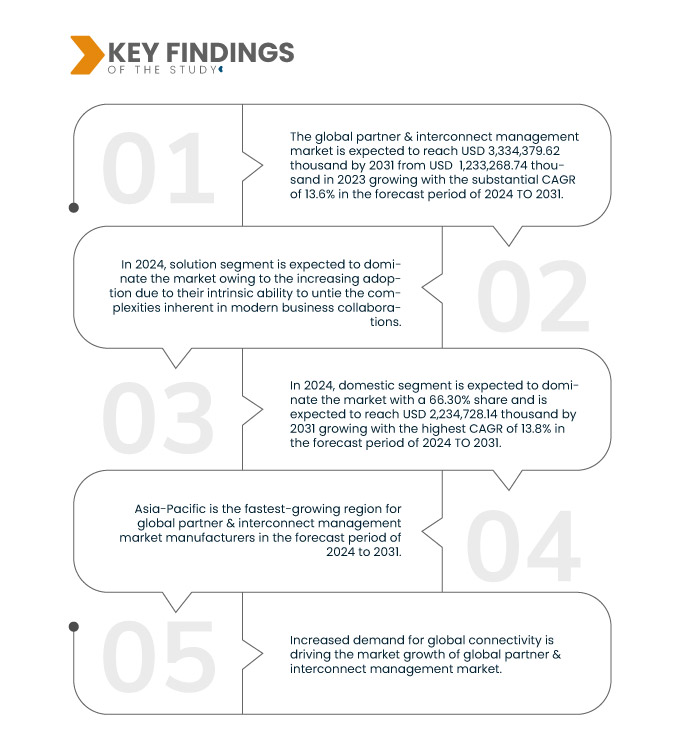Sheen of the Yellow Metal
Gold needs no introduction – a cherished commodity and preferred investment, especially in turbulent times. It is more of a long term value proposition, rather than a short term profit making tool. Since, the global economy hit a roadblock in late 2007, gold has seen a surge in demand as an alternative investment channel. Over a decade spanning from 1999 to 2008, gold yielded approximately 235% – 240% of returns! However, the shorter term stocks markets may appear glossier, yielding quick returns on the back of frenzied activities and economic boom. The same markets are most volatile and often ‘sentimental.’ Fairly matured stock markets readily mirror fundamental strength of the economy, yet react to news and often, half-baked information, at the blink of the eye. Gold, however, is more stable in terms of returns, more so because its demand does not nosedive to naught, at any point of time. It is not only an investment, rather a traditional precious metal for various cultures across the globe.
For instance, Middle Eastern Countries, Indian Subcontinent, and Eastern Asia seek gold for its religious value, more than its investment value. Overall, Middle East is the biggest consumer of gold, followed by Asia. Indeed, gold prices fluctuate like any other commodity – sometimes skyrocketing and sometimes supporting at moderate levels, yet, it ensures much better returns in the turbulent times. In fact, in a shaky economy, where stocks slide, currency looses value, and businesses shy away from expansion, gold prices run high as it provides a safer haven to the hard earned money of investors.
Determinants of Gold Price
* Demand
The demand for gold has seasonality because it finds traditional and religious use, apart from investments. Predictably, the demand is higher during festival seasons, including marriage seasons. According, to the World Gold Council, the demand for gold is highest in the last quarter of the year, due to the simultaneous peak season in various regions.
* Rate of the US Dollar
The benchmark gold price is denominated in terms of US Dollars and therefore, is inversely proportional to the prevailing Dollar rate.
* Government Transactions
According to an estimate, the Central Banks world over, have almost 20% of the mined gold in their reserves. These banks adopt measures for regulating gold prices, similar to those used for inflation control. This affects domestic prices.
* Alternative Investment
Gold has ever been an effective alternative investment and protection against a bumpy economy, due to the stability of its returns. Therefore, it gains momentum in recessionary times.


